What does water cost?
What is the cost of water? Why would you try to reduce these costs?
Clean water flows freely from the tap and is nice and cheap. Right? Unfortunately, climate change and pollution force us to change this perception radically. According to the World Resources Institute, access to clean water the way we are used to won’t be tenable in about two decades. Cutting back on your water use is not just wise, but also financially interesting. Let’s find out what the real cost of water is.
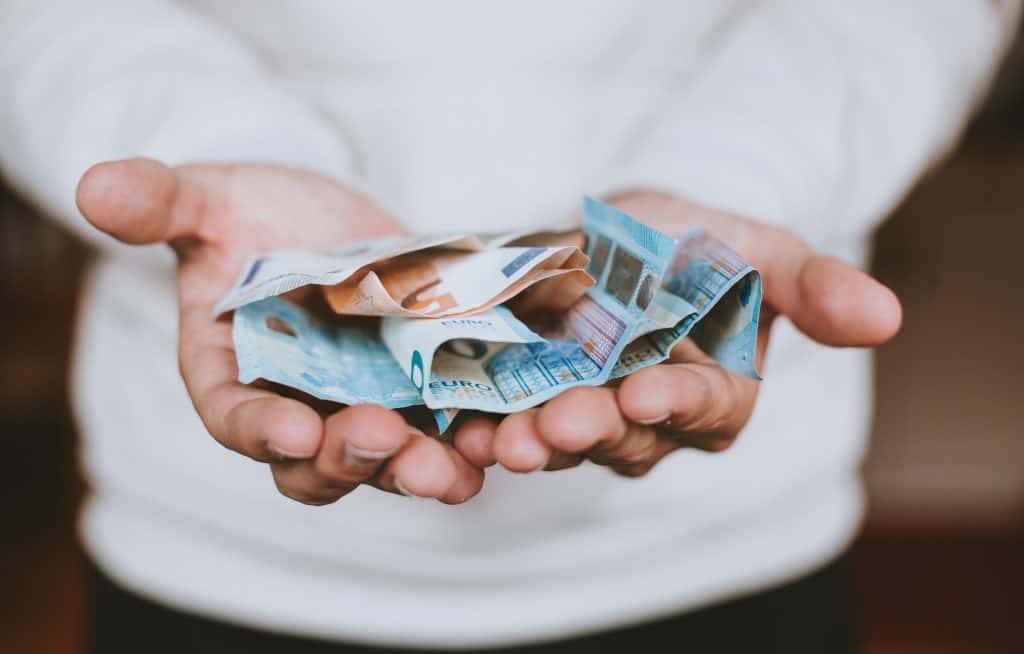
What does water cost?
If you make an effort to save water, you’ll find you can save up to €1,21 per cubic meter of water in countries like The Netherlands. Large companies often pay less. Cost of water varies from country to country. In Oslo, Norway, you are set back 5 euros per cubic meter of water – compared to 73 euro cents in The United States. The average costs for one cubic meter of water in Europe is €3,03.
With made blue, you can choose to give back a small part of those savings to ensure access to clean water in developing countries.
That only costs 33 cents per 1000 litres, so you have already earned it back five times over. Calculate what it costs to mirror your water consumption or water savings.
Plenty of water
The Netherlands seems to have plenty of water available. We live below water level! Yet we are still asked to stop watering our lawns and gardens each summer due to drought. So something is going on.
Climate change and population growth puts pressure to our sources of fresh water: rivers and (underground) basins.
The cost of producing drinkable water rise each year as pollution and salinization of the water increases. Its not likely this trend will change soon, so we need to take into account that this will continue to increase costs as well.
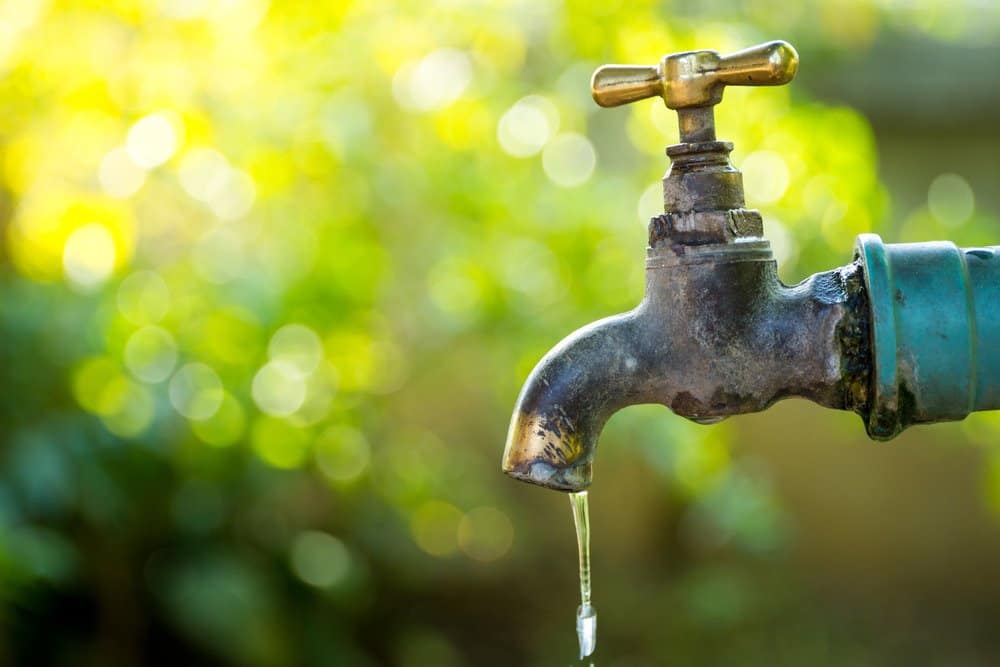
Clean drinking water for all
More than 700 million people still don’t have access to safe water.
We are the Made Blue Foundation and our mission is clean drinking water for all.
Will you help us achieve our mission? There are more ways to do this than you might think.
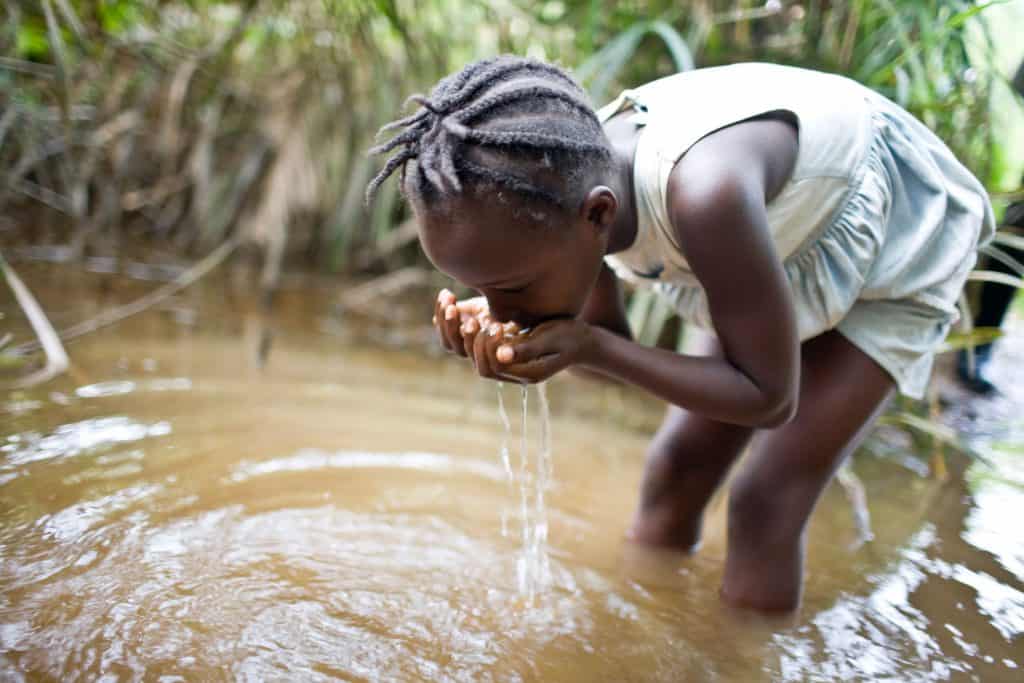
Water scarcity
Why save water? We can think of 703,000,000 reasons for that! That’s the amount of people who still do not have access to clean drinking water.
Collecting water takes up a large part of their days, which means they cannot go to school or work. The water is often polluted, resulting in many diseases.
On a larger scale, lack of access to clean water is a source of conflict between regions and countries.
“
Water scarcity is increasingly causing conflicts. Such as in Khuzestan, Iran: the province has literally dried up due to, among other things, the impact of dams elsewhere in the country and in Turkey.
”
33 CENTS
donation
= 1.000 litres
of drinking water in developing countries
+ 7 kgs
of CO2-emissions prevented
& 500
plastic bottles or bags saved
Hidden costs
Saving water is not only useful, it also indirectly reduces a lot of costs. Obviously, you don’t pay for the water you don’t use. But you also save money on heating water for showering or doing the dishes. For example: in The Netherlands, a shower of around 8 minutes costs about 74 cents.
Making clean drinking water available in countries with acute water stress, you do much more than just that. You also reduce CO2 emissions, prevent plastic waste, and save trees from being cut down.
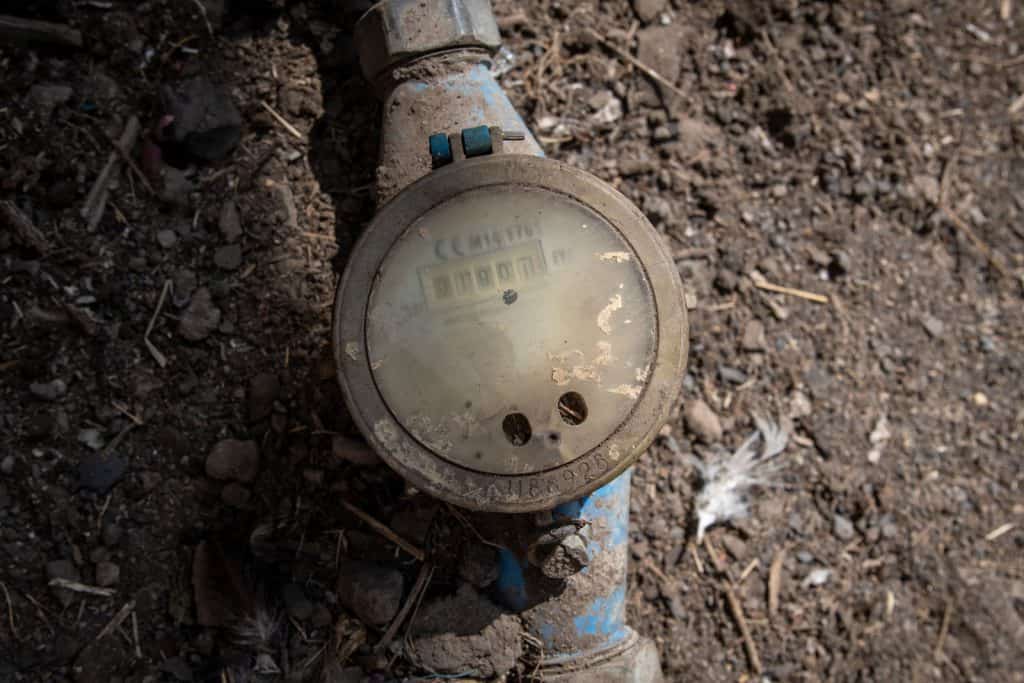
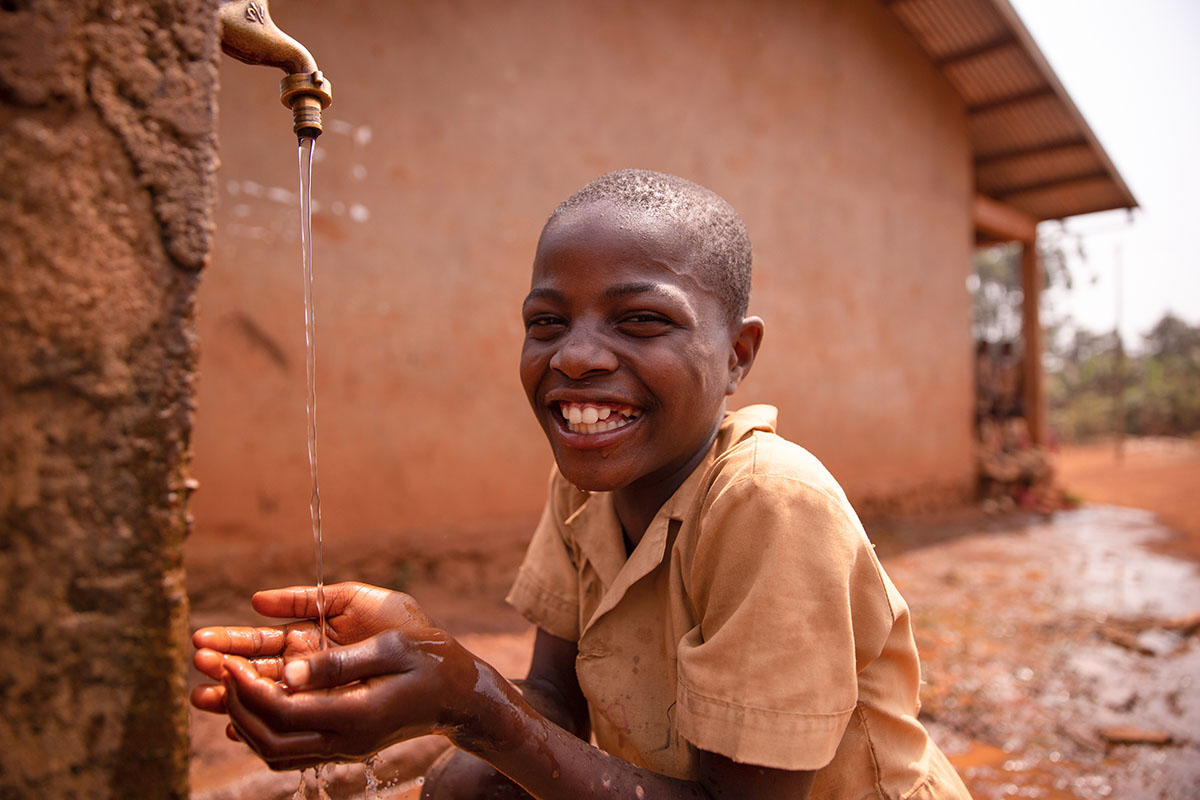
Contribute to our mission too
You can do so in more ways than you might think.